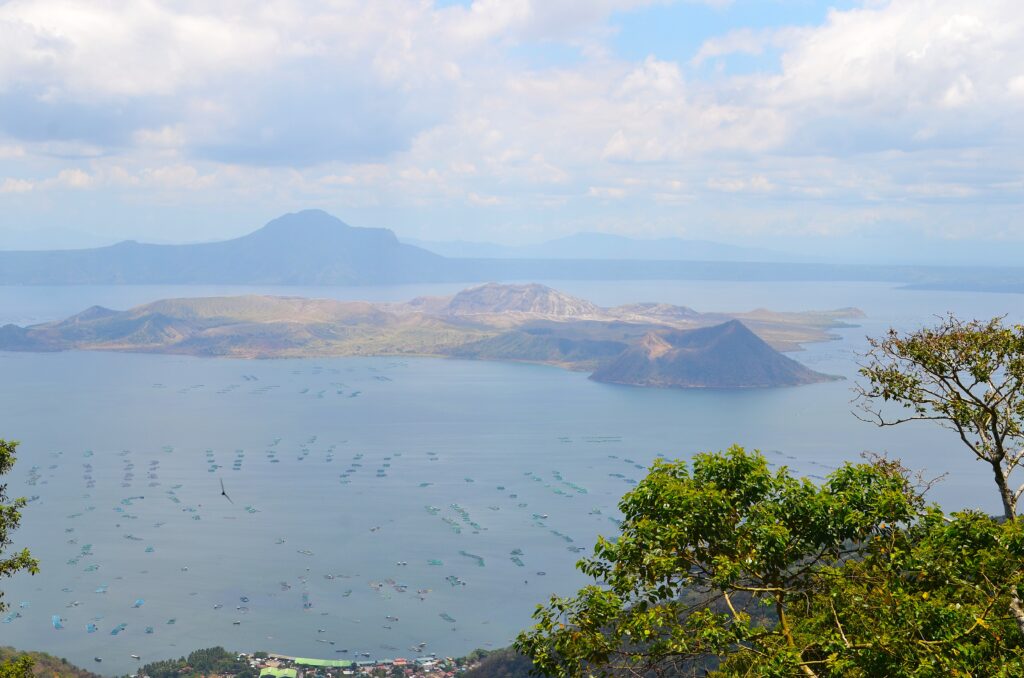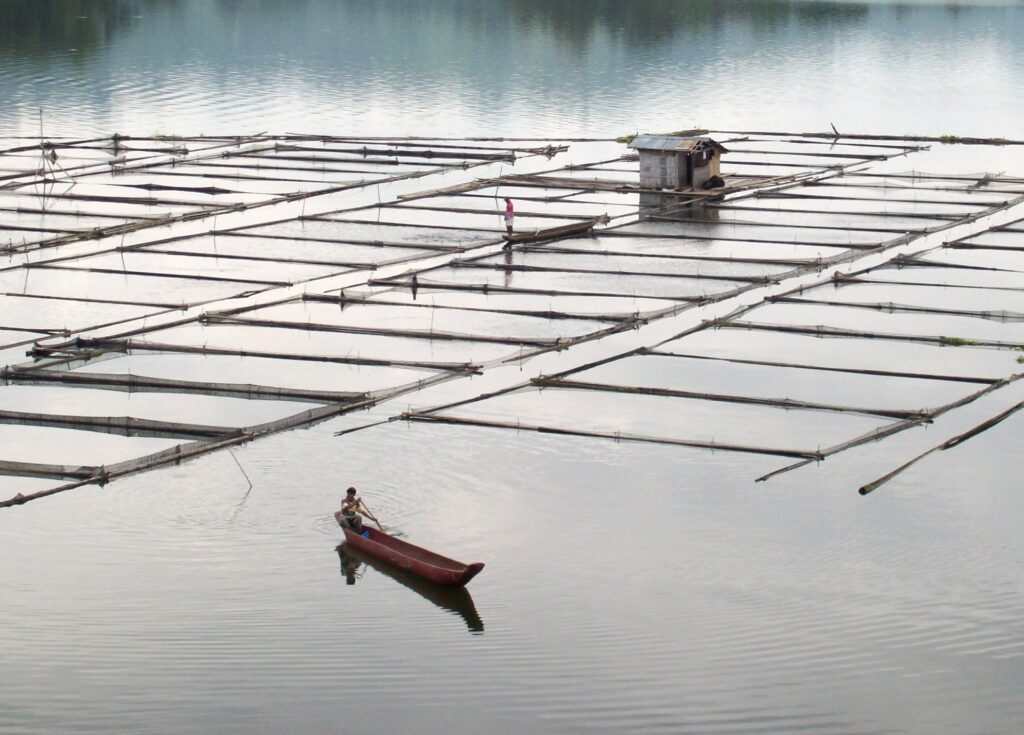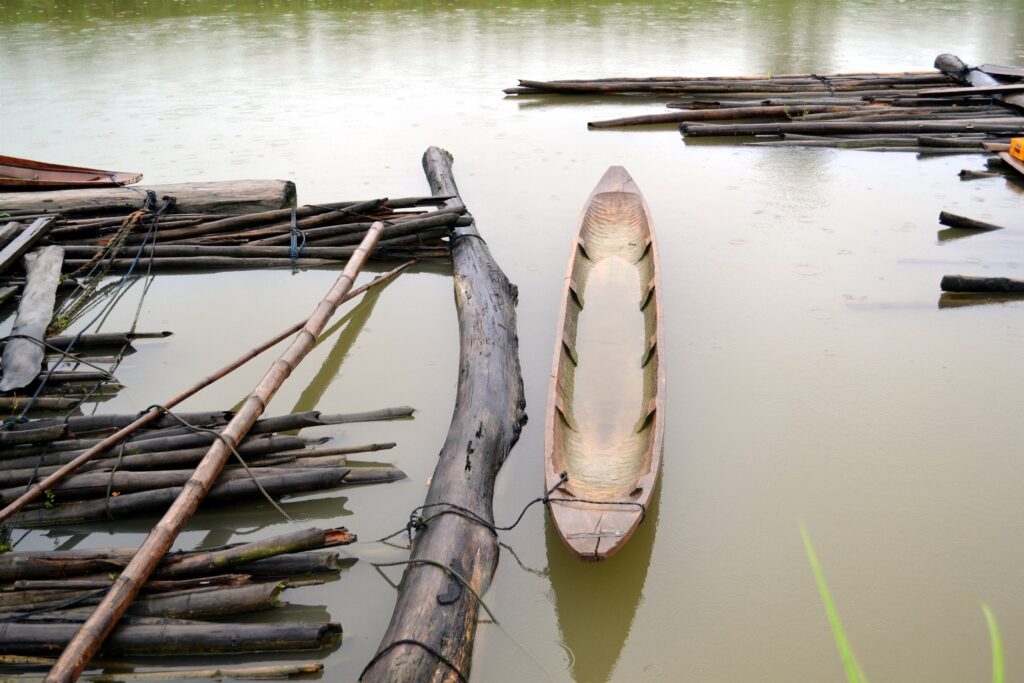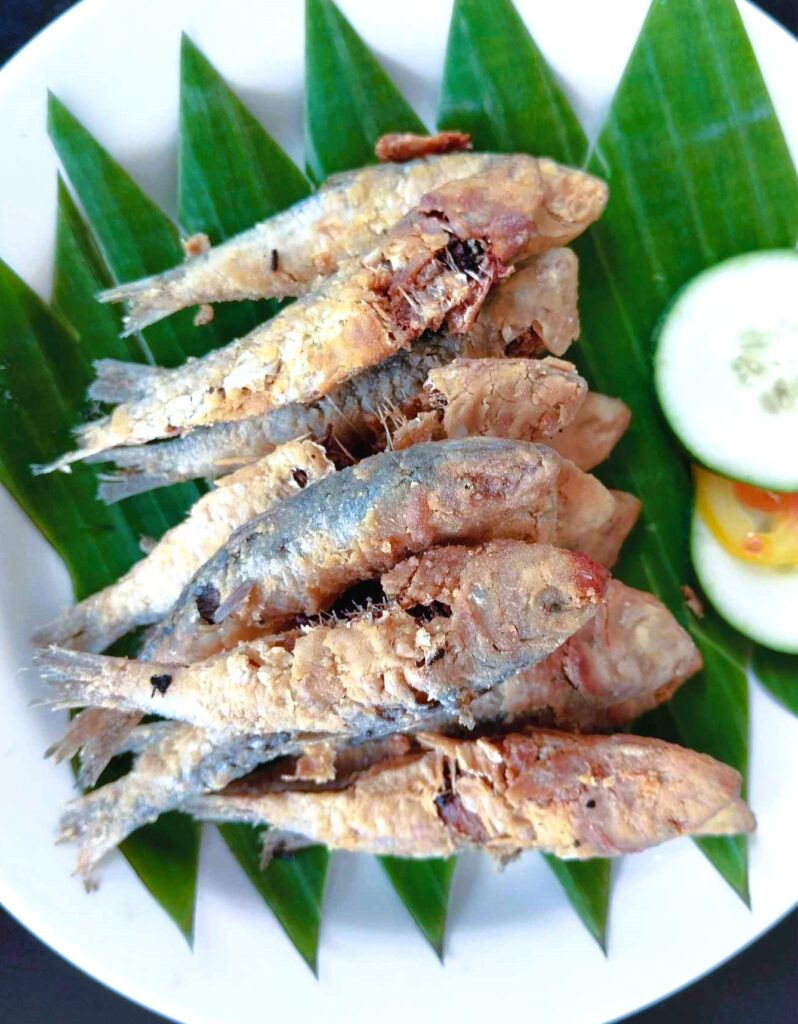Text and Photos by Henrylito D. Tacio
“My recollection of a hundred lovely lakes has given me blessed release from care and worry and the troubled thinking of our modern day. It has been a return to the primitive and the peaceful.” – Hamlin Garland
***
Davao City may not have a lake to speak of but its neighboring provinces have. As a matter of fact, Davao Region is home to eight lakes, namely: Lake Jordan and Lake Venado, both situated at the summit of Mount Apo; Lake Cabacongan and Lake Nalapan, both in Davao Occidental (Malita and Jose Abad Santos, respectively); Lake Carolina in Baganga and Tinagong Dagat Lake in Mati City (both in Davao Oriental); Lake Paiton in San Isidro, Davao del Norte; and Lake Leonard in Mabini, Davao de Oro.
All these lakes may not yet be in trouble but other lakes in the Philippines are facing some difficulties. Take the case of Laguna Lake, the country’s largest freshwater lake, which now faces several environmental problems.
Government data indicate that approximately 60% of the estimated 8.4 million individuals living in the Laguna de Bay Region indirectly release their solid and liquid waste into the lake via its tributaries. A significant portion of this waste is primarily agricultural, with the remainder originating from domestic or industrial sources.
Taal Lake is in big trouble.

The enhanced modernization of agriculture in the area has adversely affected the lake. This development has led to the extensive and intensified application of chemical fertilizers and pesticides, the residues of which ultimately enter the lake basin. The presence of these chemicals promotes rapid algal proliferation, resulting in a significant reduction of oxygen levels in the water.
A survey on the presence of microplastics in the lake, which was conducted in 2018 by researchers from the Polytechnic University of the Philippines, showed that the lake is significantly contaminated with these pollutants.
In the late 1970s, the lake’s depth was measured seven meters. Today, it has gone down to 2.5 meters.
“From all indications, Laguna Lake is destined to become another classic case of the ‘tragedy of the Commons,’” wrote Celso Roque in a foreword for Laguna de Bay: Problems and Options.
The late Rodolfo Tingzon, during the time when he was a Laguna representative, shared the same view. “Laguna de Bay represents the most tragic example of environmental degradation in this country,” he pointed out.
There is no updated inventory of lakes in the country at present. But according to Dr. Rafael D. Guerrero III, an academician at the National Academy of Science and Technology, there are 59-70 lakes in the country.
“With the exception of Laguna de Bay and Lake Taal, little is known about Philippine lakes although they contribute as much as 15% to the total annual fisheries production of the country,” Dr. Guerrero said.
Lake Sebu, in South Cotabato, is known for its tilapia cages.

Lakes are extensive, inland bodies of either fresh or saline standing water. Their basins are created through various geological processes, including the folding of stratified rock, the displacement of substantial rock masses due to faults, and the obstruction of valleys caused by landslides.
According to science, the primary source of water for lakes is the so-called “atmospheric precipitation,” which reaches them directly or through springs, streams, and rivers. Lakes can form and vanish over different geological time scales. They may evaporate as the climate becomes drier, or they may accumulate sediment, resulting in the formation of swamps or bogs in their stead.
In arid regions, where precipitation is minimal and evaporation rates are high, the water levels in lakes fluctuate with the seasons and may occasionally dry up for extended periods. In lakes where evaporation inhibits overflow beyond the basin’s edges, the concentration of dissolved substances in the water increases.
In the Philippines, the biggest freshwater lake is Laguna de Bay (covers an area of 90,000 hectares). It is closely followed by Lanao Lake (34,7000 hectares), then Taal Lake (23,400 hectares), Lake Mainit (14,000 hectares), and Naujan Lake (1,825 hectares).
Laguna de Bay, Southeast Asia’s second largest lake (after Indonesia’s Lake Toba), borders Metro Manila and is bounded by Rizal province in the north and by Laguna province in the south. Once part of Manila Bay, the Pasig River is its only outlet.
Lake Lanao, the largest in Mindanao, is located to the south of Marawi City and to the northwest of the Butig Mountains. It is considered as one of the 17 ancient lakes in the world.
Taal Lake, located 56 kilometers south of Manila, is also home to the world’s smallest volcano, Taal Volcano. Renowned for its stunning scenery, this lake attracts a significant number of tourists each year. It is drained by the Pansipit River, which flows south and empties into Balayan Bay near Lemery.
Lake Mainit is situated between Agusan del Norte and Surigao del Norte in Mindanao. It has 29 tributaries but is drained solely by the Kalinawan River. The lake undergoes significant flooding on an annual basis resulting in considerable damage to surrounding agricultural lands and communities.
Naujan Lake is located in Oriental Mindoro. It boasts a diverse array of flora and fauna, hosting approximately 15 bird species that make it their habitat. Additionally, it is home to the endangered freshwater crocodile species known as Crocodylus mindorensis.
One of the most important roles of lakes is as a source of water for direct human consumption, agriculture, industrial use, and hydropower. Lake Lanao, for instance, serves as a reservoir for the hydroelectric power plants that supply 75% of electricity in Mindanao.
Another importance of lakes: they help control floods. Waterline Preservation and Management explains that as natural reservoirs, lakes are capable of storing and managing surplus water during periods of heavy rainfall. This phenomenon, referred to as “lake retention,” allows lakes to control water levels and mitigate the likelihood of flooding downstream.
Lakes are also key components in the landscape that surrounds them. They provide diversity and a focal point for viewing the landscape. As American author Henry David Thoreau wrote in his Walden: “A lake is the landscape’s most beautiful and expressive feature. It is the earth’s eye; looking into which the beholder measures the depth of his own nature.”
In some instances, lakes are values for their religious importance. Lake Lanao, for instance, is used by the Maranaos for religious practices.
But despite all their uses and significance, lakes are in deep trouble. “Lake ecosystems are threatened by over exploitation, pollution, the proliferation of aquaculture and fisheries structure, the introduction of exotic invasive species, solid and domestic waste,” said the Ecosystems Research and Development Bureau, a line agency of the Department of Environment and Natural Resources.
Many lakes in the country are now experiencing environmental degradation. Laguna Lake is a case in point. A recent study on the water quality of Laguna Lake indicates that the lake is progressing towards an “ecological doom.”
Some lakes are used for transportation like this little banca.

The research, titled “Environmental Risks to Food and Health Security in the Laguna Watershed,” highlights that the water quality in Laguna Lake has significantly declined as a result of pollution stemming from effluents produced by chemical industries, discharges from agricultural households, and soil erosion.
Lake ecosystems, and the fauna and flora they contain, normally evolve slowly over time. But some of the endemic species thriving in some lakes are fast disappearing.
In Lake Lanao, for instance, fifteen endemic fish species are now extinct. These species were part of the 36 plants and animals classified as extinct in the International Union for Conservation of Nature (IUCN) Red List of Threatened Species in 2020.
Lake Mainit is experiencing the same threat. There are concerns that certain fish species may have become extinct, as the current study found that at least 13 out of 37 species were no longer present. Over 65% of the fish exhibit migratory behavior, traveling between the lake and Butuan Bay via the Kalinawan River. The population of the formerly plentiful giant mottled eel (Anguilla marmorata) has seen a severe reduction.
On the other hand, the sudden introduction of new species can quickly upset an ecosystem that has been stable for centuries or even millennia.
Laguna Lake, for instance, faces an increasing threat from the spread of free-floating water hyacinth, an invasive alien species. “Water hyacinths flourish in environments with poor water quality,” said a science research specialist from ERDB.
In Lake Sebu, South Cotabato, the lake has undergone several incidents of fish mortality, referred to locally as kamahong, which have significantly impacted the tilapia industry. The primary cause of these fish kills is the reduction of dissolved oxygen levels in the water, a situation often worsened by adverse weather conditions and the overcrowding of fish cages.
Tawilis, which can be found only in Taal Lake, is facing extinction.

In Lake Naujan, deforestation poses a significant challenge. In a seminar-workshop some years back, Dr. Rey Papa, an associate professor at the University of Santo Tomas, highlighted that comprehending the issues faced by lake necessitates an examination of the associated watershed problems.
“Lakes serve as indicators of climate change,” Dr. Papa pointed out. “The condition of a lake reflects the impact of climate change on the surrounding region.”
Pollution has also taken some tolls. Agricultural runoff and the influence of adjacent settlements have compromised the water quality of Lake Leonard, adversely affecting the ecosystem and the local communities that depend on the lake for their water resources.
Meanwhile, because of what is happening in Laguna Lake these days, Senator Alan Peter Cayetano called for the creation of a corporate entity that will develop Laguna Lake and unlock its full potential.
“I hope we can come up with some kind of corporate entity that is partly government, partly private to actually develop the Laguna Lake and the ancestral lands of the indigenous peoples of the Philippines,” the senator said.

